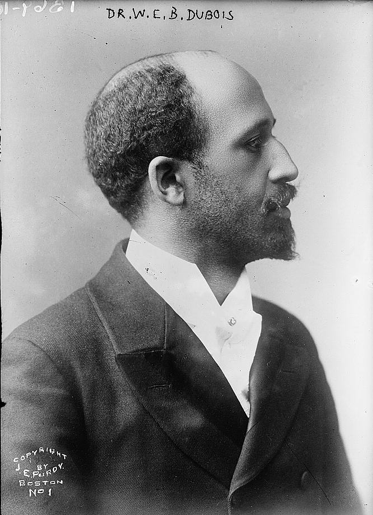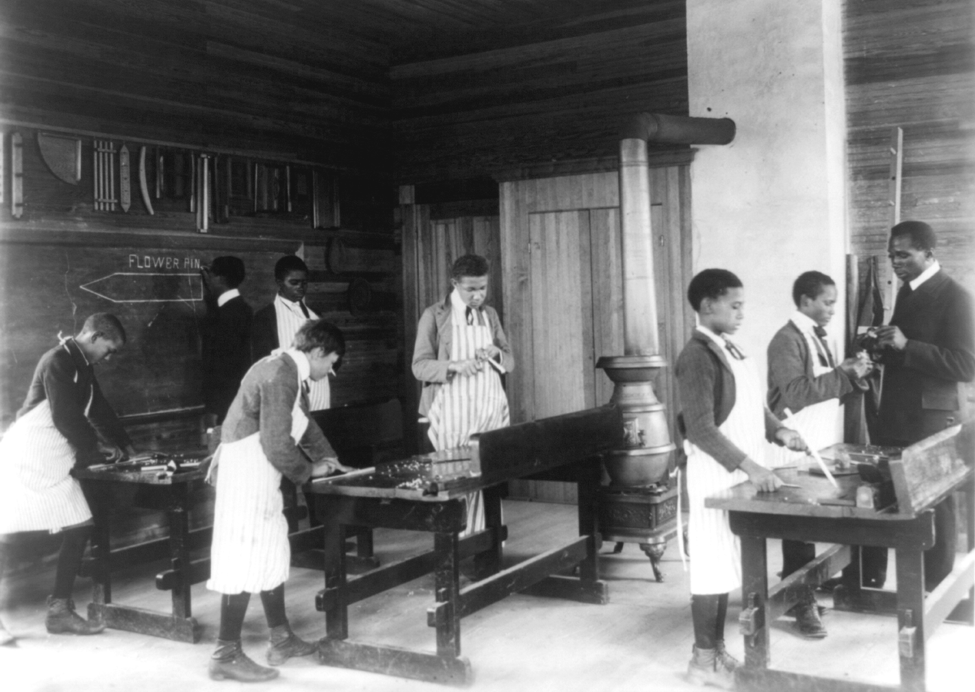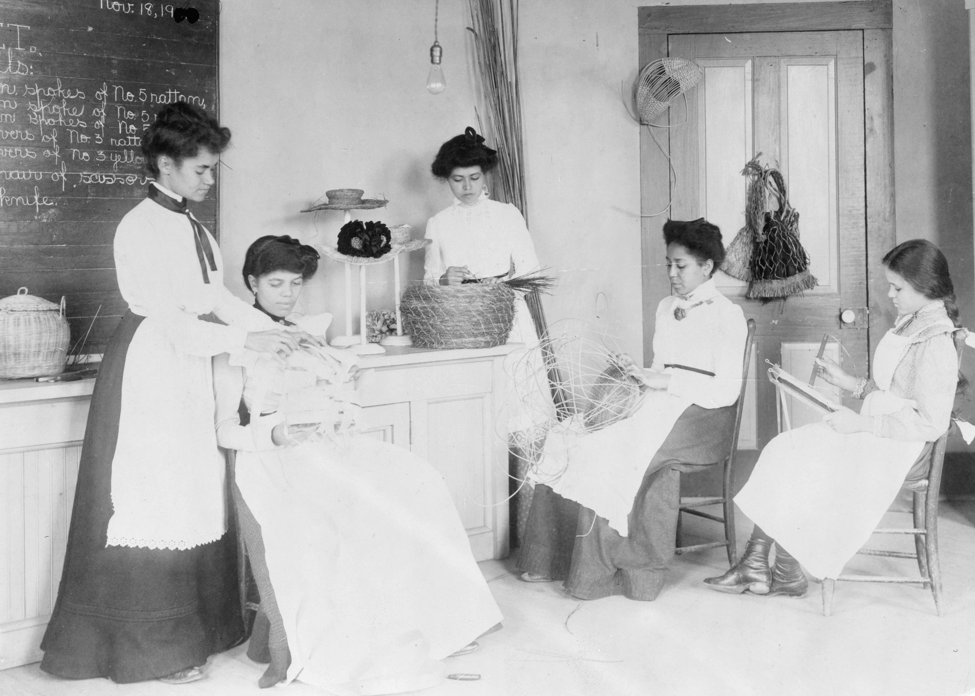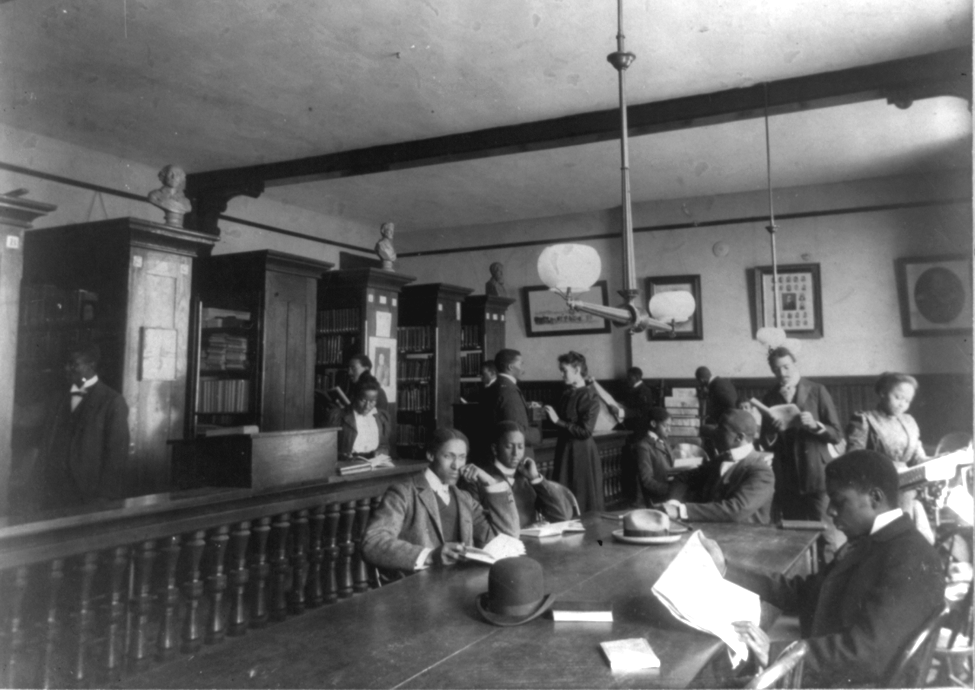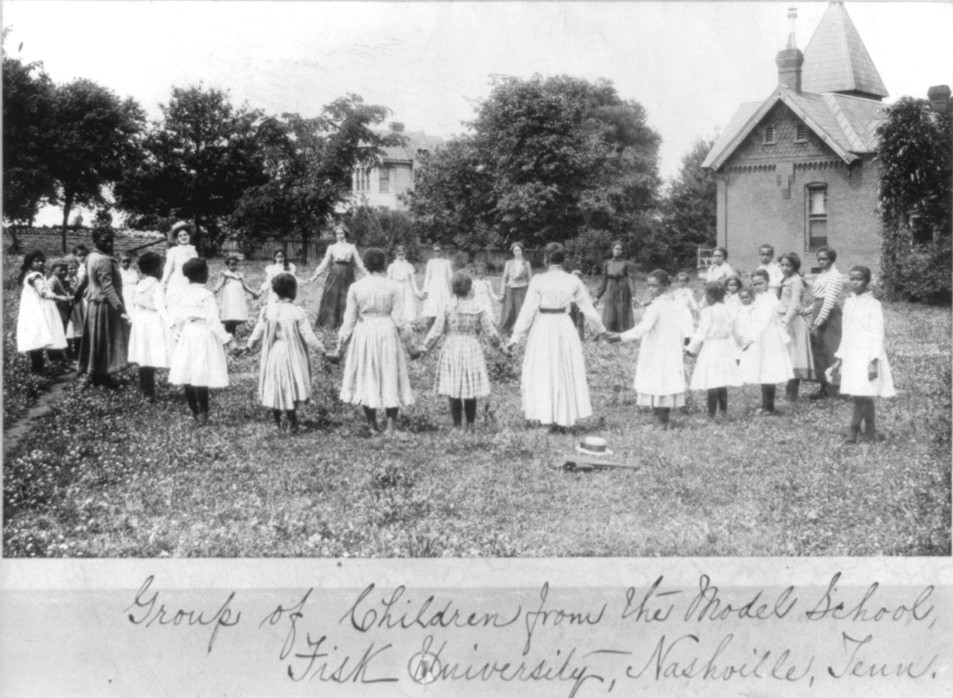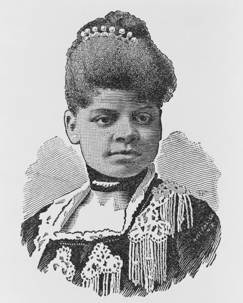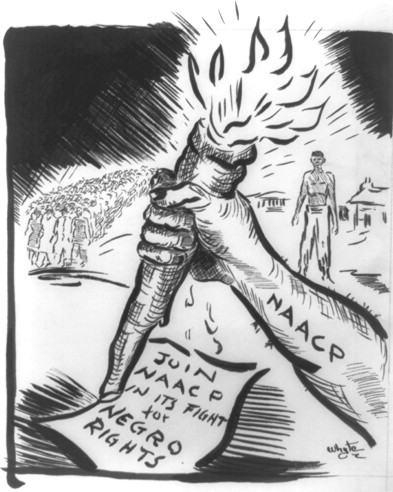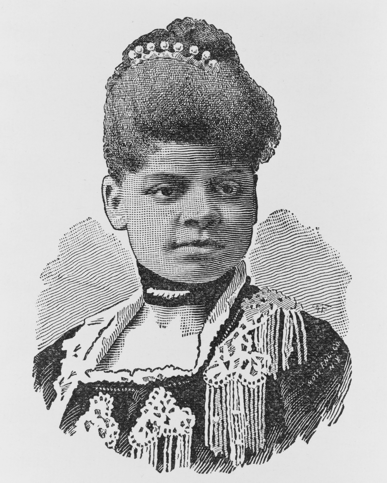
Ida Wells-Barnett
Newspaper writer - from
Mississippi
(1862 - 1931) |
Ida
Wells-Barnett:
The power of her pen
Ida Wells was born into slavery during the Civil War, but
with freedom rose to become a newspaper writer and champion for the
rights of black people.
Wells was working as a teacher in Memphis, Tennessee, when
she challenged a railroad company that refused to let her sit in the
first class ladies car. An article she wrote about it led to an
offer to write for a newspaper in Washington, D.C.
Wells is most famous for bringing national attention to
the cruel practice of lynching. Lynching is the term for the
killing of an accused person by a mob, without waiting for a
trial. While both whites and blacks were sometimes victims, in
the South of the late 1800s and early 1900s lynchings of blacks were
far more common.
Ida Wells married an attorney named Ferdinand Barnett, and
became one of the first married woman in America to keep her own last
name, as well as her husband's. She was a life-long supporter of
women's rights, as well as rights for African Americans. |

